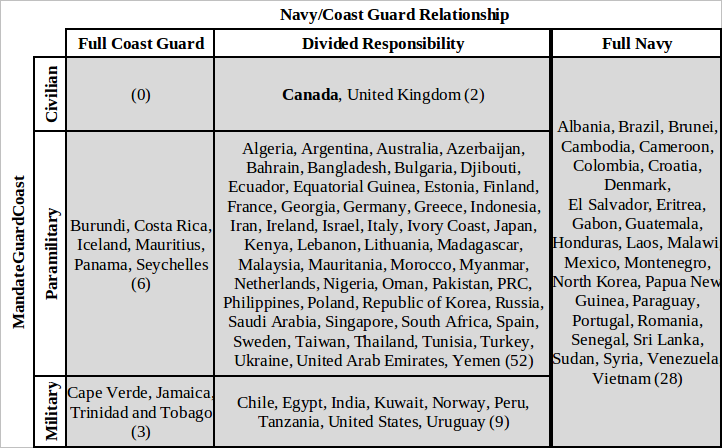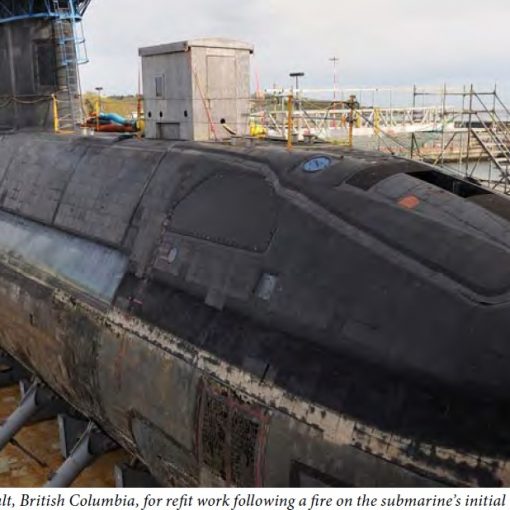The recent announcement that the federal cabinet's Priorities and Planning Committee has approved funds for six Arctic Patrol Vessels that will be capable of operations in First Year Ice is consistent with a series of recommendations made in a 2005 report by defence scientist Dr. Kyle Christensen.
The 100-page report is entitled "Arctic Security and Defence: Canadian Northern Security Opportunities and Challenges (TR2005/01)." One of the report's many conclusions was that there is "no significant benefit for the Government to ... acquire platforms with a second year or multi-year ice capability." Such vessels are highly specialized for ice operations, which makes them far less suitable for a wide range of other functions. Based on climate change forecasts, recent experience, and the large number of issues to be addressed, Christensen found ample responsibilities for the navy to assume without encroaching on the traditional responsibilities of the Canadian Coast Guard. The dividing line between the two government fleets can be drawn based on the nature of the ice encountered.
The report explained that First Year Ice ranges in thickness between 30 cm and 120 cm, with medium ice starting at 70 cm, which is considered the point at which a true icebreaking ship is required. Such a ship has a very different hull form and structure from that of warships and standard merchant vessels. This is the reason that the Joint Support Ship is rated for First Year Ice that does not exceed 70 cm in thickness and, although not explicitly stated in the news release, will likely also be the case for the patrol vessels.
Dr. Christensen's report also made some recommendations about the role of future ice-capable vessels for the navy: "the Navy should maintain its interoperable multi-purpose combat-capabilities, and ensure it remains an expeditionary force," one that "can respond to challenges across a spectrum of non-combat and combat roles." The report envisioned a very broad range of tasks for naval vessels in the north that could be categorized as principally diplomatic and constabulary in nature. While these tasks form the bulk of the duties to be performed by the patrol ships, Christensen recommended that both the defensive and offensive aspects of the military role also be considered, albeit in a secondary fashion.
That the Arctic Patrol Vessel will not be rated for operations in anything but First Year Ice, and likely not thicker than 70 cm, means that a 'common sense factor' has been applied in the establishment of their operating characteristics. These ships will retain some military capabilities that will make them useful in a wide variety of roles and tasks, while the specialty task of icebreaking will remain within the domain of the Canadian Coast Guard. What is required now is a concept of operations that lays out a cooperative means to enhance the capabilities of each service and limits their collective deficiencies.



